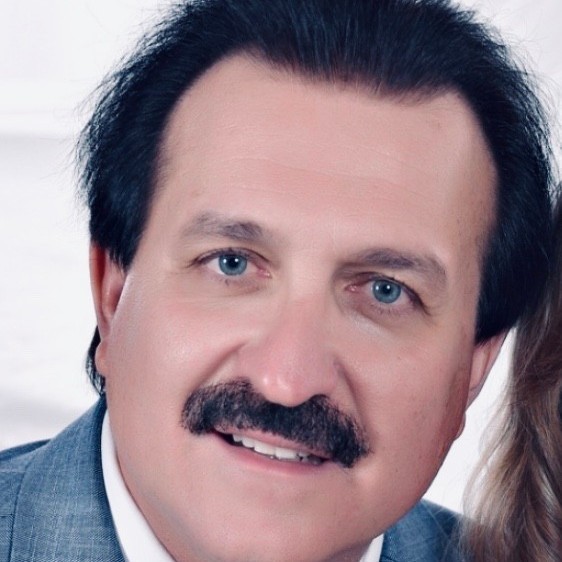How the Latest Innovations in Switched-Mode Power Conversion Boosts Efficiency, Flexibility and Reliability in Today’s Power Systems
Posted August 27, 2024 by Joe Voyles
Extending the benefits of switched-mode power for advanced industrial applications.
Power system designers today face intense pressure to raise conversion efficiency and save energy as they strive to deliver sustainably improved performance. One key to reaching greater efficiency is switched-mode power conversion.
Switched-mode started to become popular in the mid-1980s. Until that time, power supplies were large, linear designs that utilized low-frequency (50-60 Hz) transformers that were bulky and heavy. These power supplies dissipated about 50% of the energy supplied before reaching the load to do any useful work. Such poor efficiency is unacceptable today. The environmental burden and financial cost of energy would be unimaginable, as would the size of the devices in people’s pockets and the equipment in people’s homes, offices and factories. Today’s efficient power converters are key to enabling the intelligence and response speed expected of the systems that are critical to people’s ability to work, maintain homes and social lives, and manage essential infrastructures.
In one stroke, switched-mode operation raised power conversion efficiency from that unacceptably low 50% to efficiencies of 80-98%+. Much of the physical bulk of those linear converters has also been shed as switched-mode operating frequencies - typically in the hundreds of kilohertz up to megahertz switching - allow for much smaller magnetic and filtering components.
The adoption of switched-mode power supplies kick-started innovations in converter design and has continued to deliver better and better efficiency ever since. For example, there have been innovations at the circuit level such as zero-voltage switching and synchronous rectification. There have also been innovations at the device level including better RDS(on) x QG figures of merit (FoM), vertically structured super-junction MOSFETs, and of course wide-bandgap silicon carbide (SiC) and gallium nitride (GaN) power semiconductors. These have continued to raise conversion efficiency to levels that 1980s’ power systems designers may only have dreamed of.
Eco-design regulations continue to demand improvements, with schemes like 80PLUS® and stringent rules in the U.S. and EU on external power supplies (EPS) demanding ever-greater efficiency across the load range and placing tight limits on light-load/standby consumption. The converters today enable more ambitious targets and are a vital tool to help “bend the curve” of the world’s power consumption. Raising the 80PLUS required minimum full-load efficiency from 80% in 2006 to 96%+ in the current 80PLUS Titanium standard has been a factor in slowing the growth in data center power consumption. Without this, total data center power consumption would be 620 million kWh higher than current levels, and data center would have consumed about 4% of the world’s total energy produced, or 2X more than the current level. (Data source: Berkeley Lab)
Advanced Energy continues to develop switch-mode power products that maximize efficiency with new products such as AE’s Evergreen™ platform, which includes the Vento™ FCM 30 kW shelf, as well as the Vento™ FCM 10 kW standalone and pluggable modules. Evergreen achieves 0.98 power factor for > 96%+ efficiency, which can significantly reduce utility costs. With 38 W/in3 power density, AE’s compact Evergreen bulk power solutions deliver more high power in less space. Both efficiency and power density of our configurable solutions and our Evergreen high power, higher voltage platforms are significantly increased from current generations.
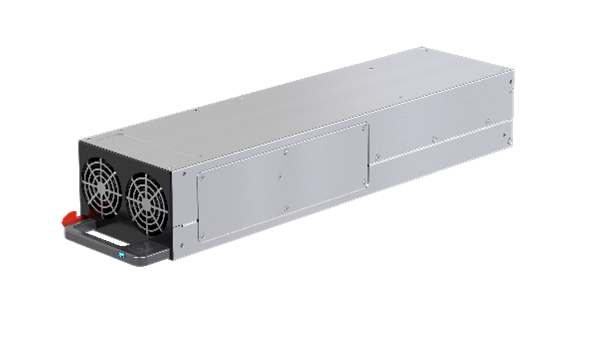
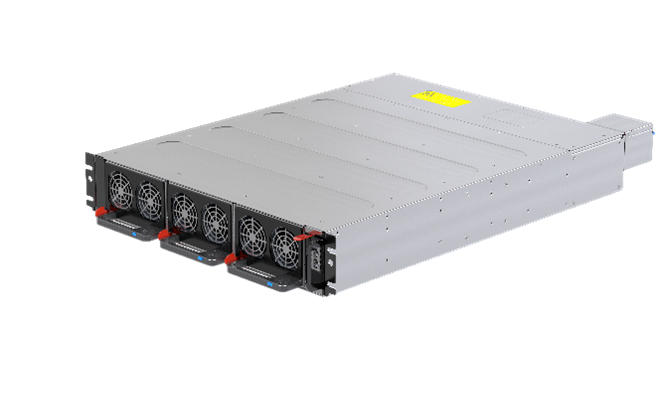
The small size and high efficiency of switched-mode converters have enabled more flexible approaches to power systems design, including centralized and distributed architectures. For example, Advanced Energy’s uMP products are single-stage, multi-output configurable power supplies that consolidate AC/DC conversion and power-factor correction (PFC) with multiple DC outputs. The uMP units offer exceptional density, efficiency, reliability and industry-standard agency approvals.
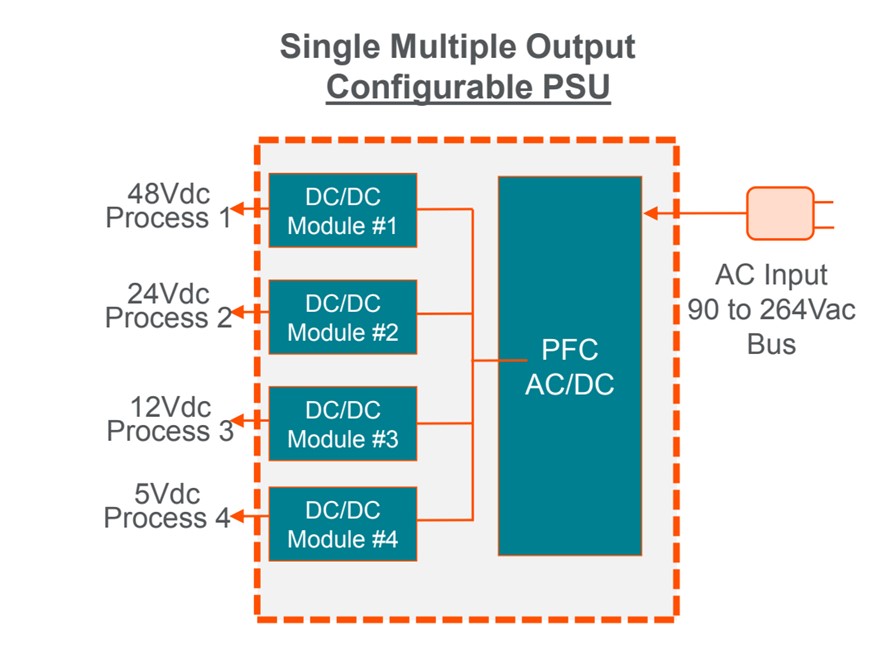
Products with higher efficiencies, such as Advanced Energy’s uMPs, have also become a preferred solution for designers of industrial and medical machines such as 3D printers, as they are easily installed to generate the various different voltages required to power multiple processes such as stage positioning, filament feeding and heating.
On the other hand, distributed architectures permit flexible placement of power modules within large electronic systems and can reduce the overall space required for power management. This flexibility determines ideal placement of isolation within the system, as well as where to arrange bus voltages to deliver power with the lowest possible I2R losses while complying with industry standards, such as the 48 V bus commonly used in telecom systems. Distributed architectures can be more easily scaled by adding more modules to provide specific voltages and currents as required. Adding redundancy and making upgrades and modifications is also easier and less disruptive than is usually the case with a single, centralized power supply.
There is also the flexibility to create hybrid architectures where system requirements may be unusual, or to offload power from specific components. For example, in one design project, Advanced Energy engineers used AE’s uMP multi-output PSU for integration within the customer’s medical equipment. The design calls for the uMP to produce multiple voltage rails as well as a 24 V output, which is connected to a boost converter to generate a 30 kV output to power multiple subsystems in a computed tomography body scanner.
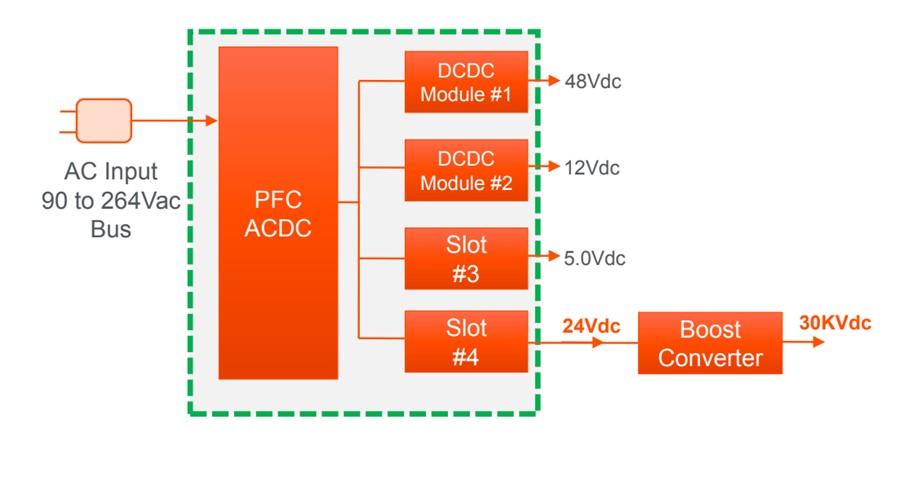
In another design project, AE combined 48 V-3.3 V and 48 V-2.5 V converters with a distributed architecture generating point-of-load voltages to allow a conveniently rated intermediate bus converter (IBC) and permit the use of off-the-shelf standard modules throughout the design.
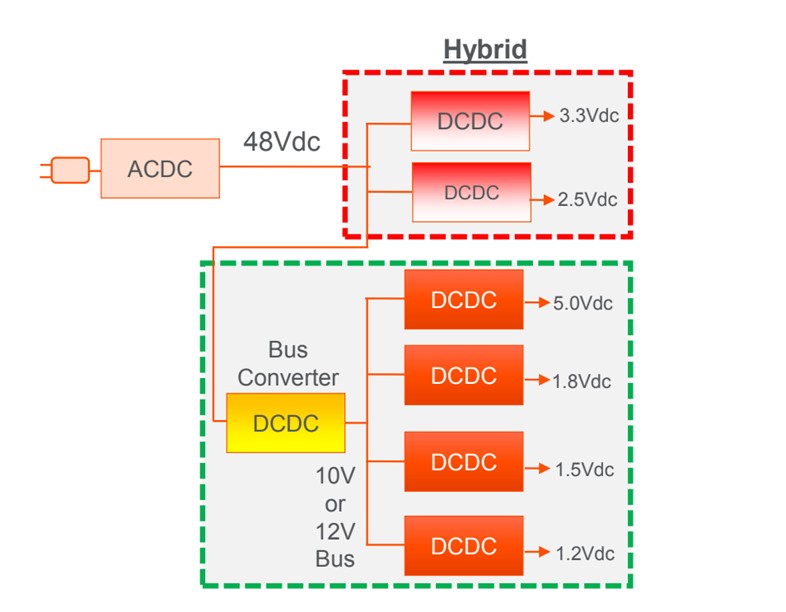
In systems that contain high-power loads, there is the option of a high bus voltage such as 400Vdc+ for the most efficient distribution. This lowers resistive losses without demanding heavy-gage cables / busbars that are expensive and bulky. In data centers and indoor farming, for instance, these applications are heavily dependent on electrical energy to simulate optimum environmental conditions. The high power, high voltage DC Bus architectures Advanced Energy developed for data centers and industrial lighting enabled AE to maximize conversion efficiency while minimizing the heat. That relieves demand on temperature-control systems.
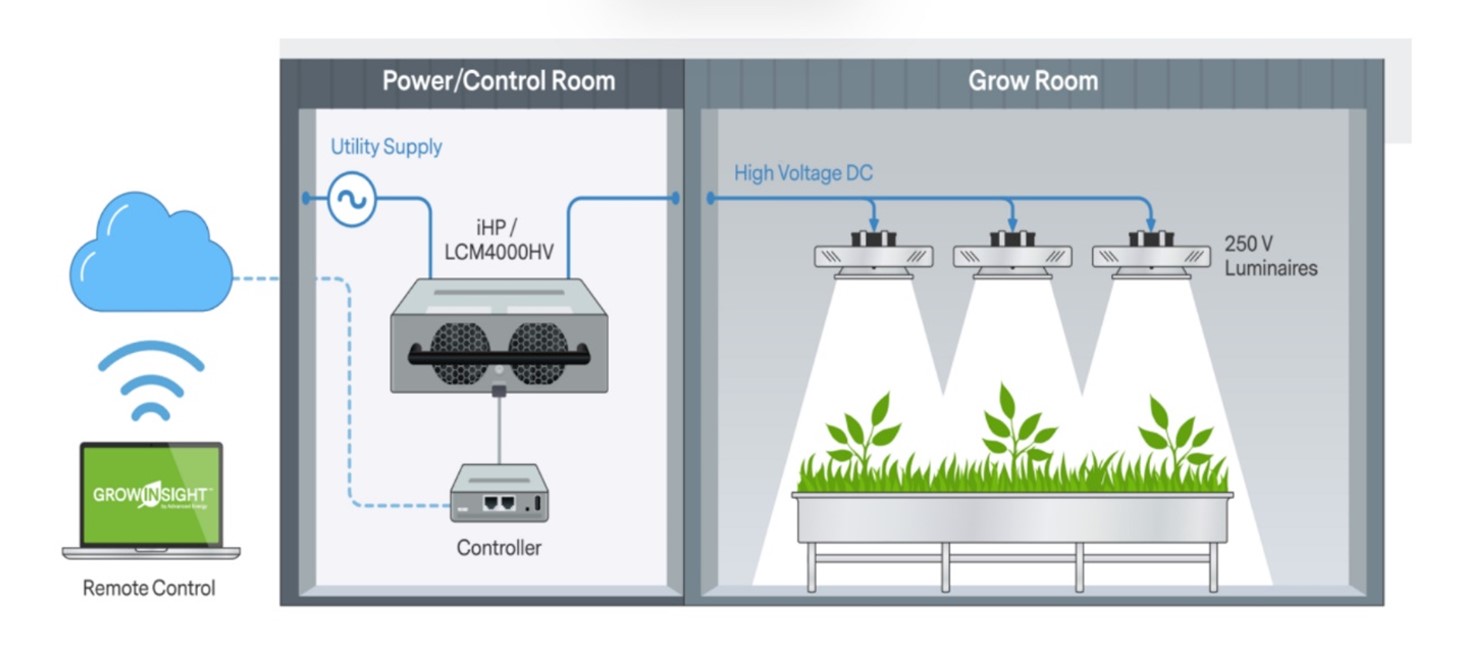
Summary
Today’s power systems designers benefit from unprecedented flexibility to create solutions that can meet diverse and often conflicting constraints on energy efficiency, size, thermal management, cost, scalability, reliability and maintainability. Advanced Energy’s wide portfolio of solutions spans the entire spectrum, from non-isolated DC/DC point-of-load converters with at a few Watts of power to high-power PFC and high voltages DC/DC converters, high-voltage systems with up to 1 MW and beyond, covering all points in between including AC/DC front ends and configurable and digitally controlled power supplies. Advanced Energy can also customize standard products and create new modules or complete power systems from the ground up.
The broad acceptance of switched-mode conversion years ago set the stage for innovations that have driven the industry to its current state. Today, this technology is essential in pursuing sustainability through electrification and shifting to renewable energy, which relies heavily on maximizing efficiency and integrating ultra-low power smart devices into infrastructures for intelligent management.
And linear power conversion? There remain use cases for linear to this day, such as low-power applications where low noise is a critical requirement. Advanced Energy has products in this space, engineering linear product ranges using the latest component technologies to address those specific applications. “In with the new” does not necessarily mean “out with the old” – every advancement brings extra opportunities to improve.
Joe Voyles
Advanced Energy
Joe Voyles is Vice President of Industrial Power Conversion at Advanced Energy. He has more than 25 years of experience in the electrical and electronic manufacturing industry.
More posts by Joe Voyles
